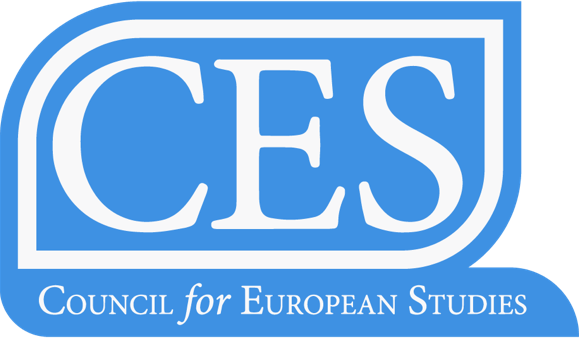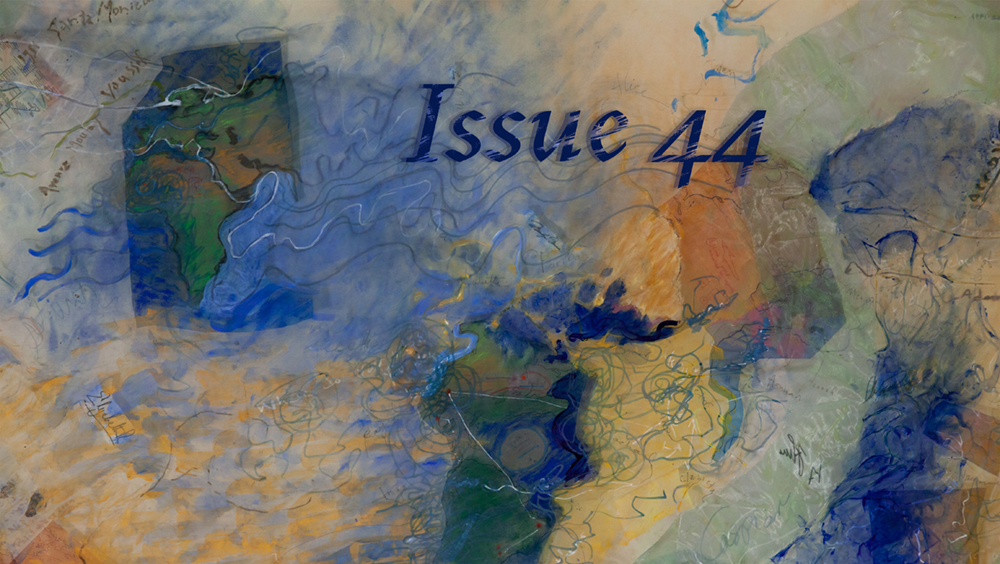Across Europe and the US, large scale projects addressing the history and memory of displacement are underway. All of these efforts are concerned not only with rectifying the prevailing historical narratives but also with using design as a way to tell a more appropriate and inclusive narration. One need only think of the recent and controversial removal of the Robert E. Lee Confederate monument in Richmond, Virginia, and the efforts of the Monument Lab in Philadelphia in close collaboration with the Mellon Foundation’s Monument initiative.[1] Their work is part of a nation-wide survey of all commemorative sites in the US to reimagine, through innovative design options, how to retell the American story, fractured by slavery, the removal of Indigenous peoples, and the Civil War. It will take time and the close collaboration between artists and architects, historians, curators, psychologists, and local community activists to move that daunting challenge forward.
In this special issue on Displacement, Memory, and Design, our contributors bring their research and expertise to showcase what such a re-examination and reimagining of the past can look like, and what central role design can play.
Ava McElhone Yates is the Coordinator for Research and Pedagogy at the Consortium on Forced Migration, Displacement, and Education located at Vassar College.
Maria Höhn is the Marion Musser Lloyd ‘32 Professor of History and International Studies and the Director of the Consortium on Forced Migration, Displacement, and Education at Vassar College.
Chase Estes is a history senior and a Project Researcher for the Consortium on Forced Migration, Displacement, and Education at Vassar College.



